As much as we enjoy sharing the stories and history of our families, we tend to skirt cautiously past the darker corners of family history.
But those dark corners exist, part of the saga that led to each of us. I’ve seen embarrassment, shame, denial, sadness and lamenting, heard the whispers of stories untold, and in research, discovered truths no one really wanted to talk about. They run the gamut of human failures: larceny, abuse, abandonments, cattle theft and petty crimes, affairs, and murder… a host of failures and loss of a moral compass.
To lighten this subject up a bit, let’s take a quick break and listen to Jimmy Buffet’s “Bank of Bad Habits.”
The song humorously provides a clear picture of the temptations and struggles we all face in life, the struggles between right and wrong. We are, after all, human, capable of great things. We are simultaneously fallible and sometimes cause great pain. In those instances, there are people who spiral down further, as well as those who find the resiliency to rise above and accomplish amazing things despite the trauma they may have endured.
Sometimes these stories are forgotten with time, swept into corners, or morphed into versions no longer resembling the truth. So, I thought I’d reach into one of my own darker corners and bring forth one of those stories into the light.
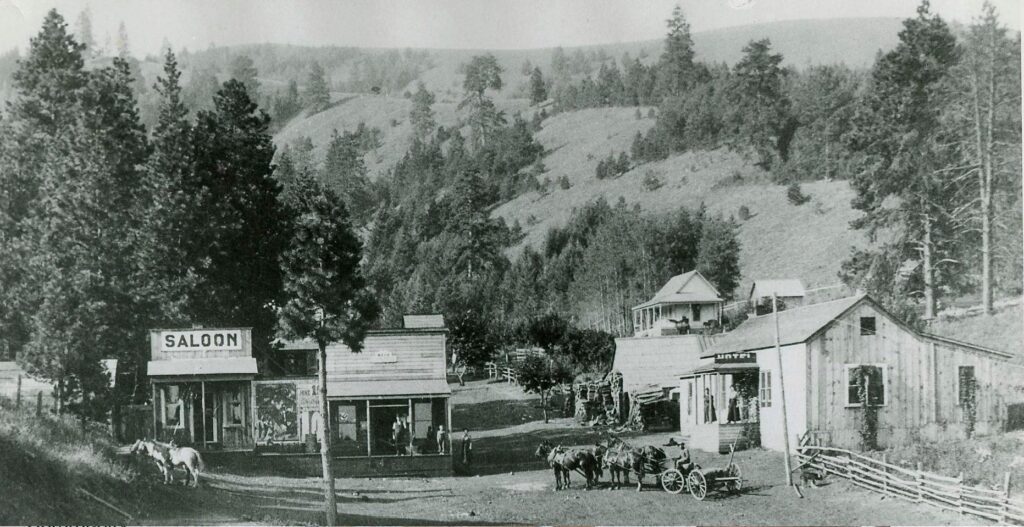
Mary Ellen Mott was born in Hennepin, Illinois to Elias and Susan Mott in 1848. They moved around a bit to different states, following Elias’s blacksmithing trade and the jobs that could be found. By the time she was twenty-three the family had found their way back to Illinois. It was there she met, and married Frederick William Goddard. One small dark corner of the family shows a child, Edna, being born prior to her marriage to Fredrick, but the details remain concealed.
By 1880 they had moved to Portland, Oregon where Frederick was manager of Wheeler & Wilson, a company that made sewing machines. In June 1881, after they’d barely gotten a start, and 3 months before the birth of his son Frederick Jr., he passed away. Another dark period ensues until 1891, where we find Mary walking down the dusty street of Waha, Idaho, pictured above, with her children Edna and Frederick. And in the Lewiston, Idaho paper, a notice:
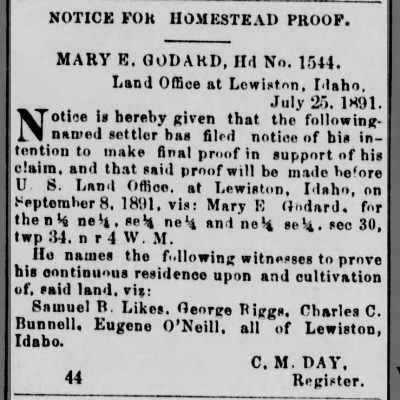
As the years unfolded, numerous notices like this were to be found in the newspapers as Mary shrewdly managed to acquire land, and wealth. But those were the days of claims, claim jumping, and a raw existence of farming, ranching, and fighting to hold what was your own.
In December of 1890 Mary’s daughter married Mahlon Franklin “Frank” Ward. In 1891 he built a beautiful home in the Victorian style that was placed on the National Register of Historic Places ins 1977.
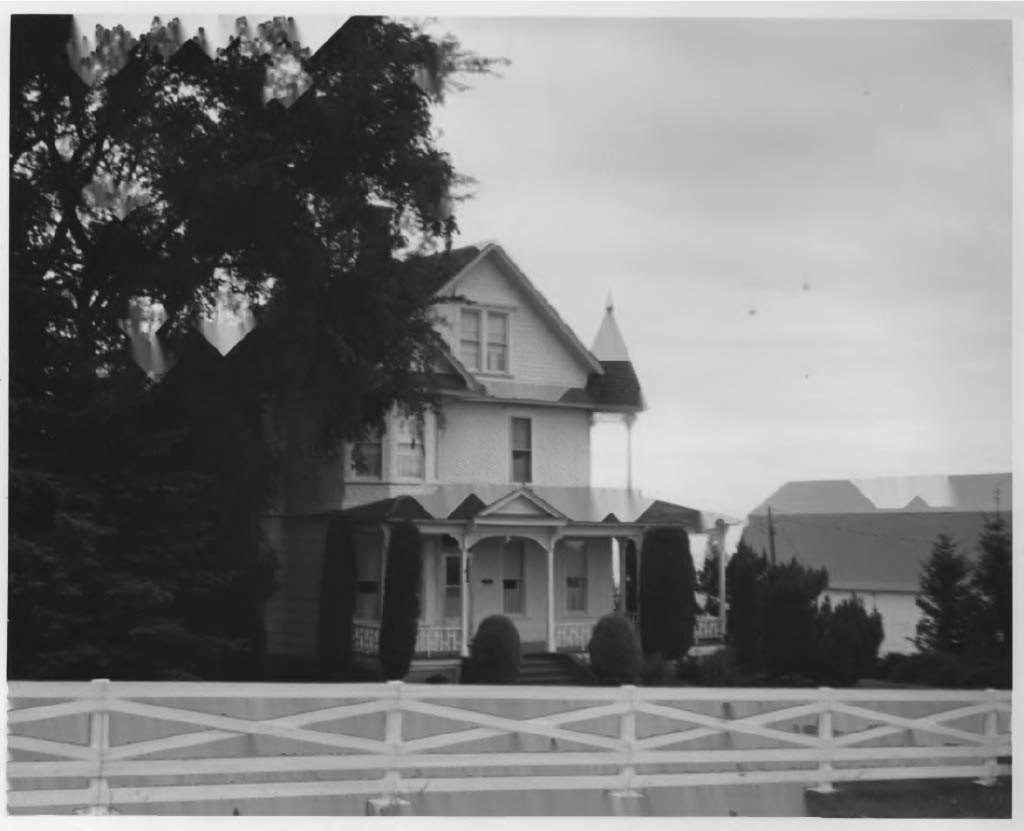
Years prior to all this, Joseph Shissler and John Siers originally squatted on Nez Perce land, establishing what became known as the “21 Ranch.” In 1862 the U.S. government approved “to secure Homesteads to actual Settlers on the Public Domain,” which for Shissler and Siers, according to documentation from the U.S. Department of the Interior, sanctioned their claim to the land. When Shissler died from a fall from his horse, his partner Siers disposed of their holdings. Frank Ward purchased it for $40,000.00. But the money was never paid.
From accounts in numerous papers, on 19 May 1895 John Sears and three friends drove to the ranch, armed with rifle and revolver. As they came through the gate Frank, fearing the worst, opened fire, striking Siers. Siers returned fire and hit Frank, while at the same time Mary came up behind Siers and put two bullets in his back. Frank, though wounded, came up and provided the final blow to Siers’ head with the butt of his revolver.
John Siers lay dead (pictured in the lead photo of this story), Mary wounded in the hand, and Frank’s wounds would cause his death the following day. In the struggles for land and survival, no one in early Idaho history had seen such a crime.
Mary was arrested and charged with murder, and the trial was held in Lewiston. Nearly every paper in the region, and as far as San Francisco, carried the story and the trial. For forty days the trial went on until the jury finished deliberating in January of 1896. Expectations were high for the sentencing of Mary E. Goddard for murder. The verdict was read, “Not guilty.” To the shock of the community, Mary had been acquitted.
After January of 1896 the matter appears to have been swept into the darker corner of family history. As mentioned before, some people find the resiliency to carry on. The newspapers fell silent, children were born, ranches and orchards prospered in the hills above Lewiston. Then articles again appeared… here Mary is forming business partnerships and planning canal systems to bring water to ranches. In 1908 we see her as Vice-President of the Federation of Women’s Club and the ladies giving her a luncheon to praise her civic work and scholarship programs before they all left for a 3-day conference in Wallace, ID.
By age 64 Mary was living in Spokane, WA where her son had moved, but life didn’t necessarily remain easy. She was involved in a water rights issue and swindled out of $5000. Her house burned down in 1914. That same year she also remarried to Edward Mitchel, and eventually moved to Los Angeles, CA where she died at the age of 90 in 1938.
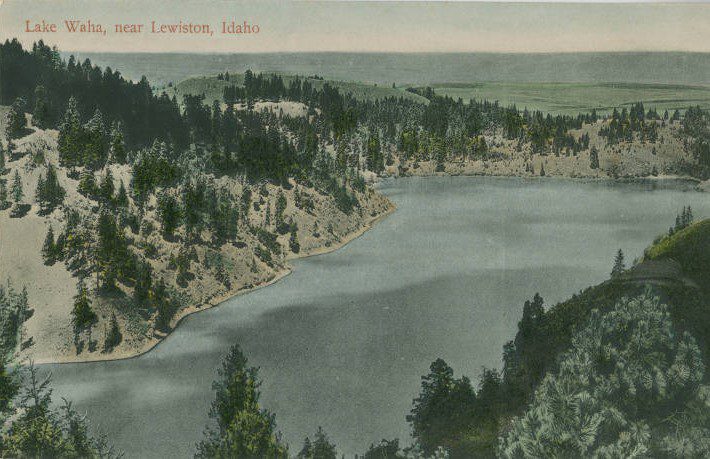
From Illinois, to Portland, OR, to Waha Lake in the mountains above Lewiston, ID, to Washington and then California, Mary E. Goddard led a remarkable life, despite some of the darker history. I think the family and I will head up to Waha Lake, take a cool dip, and I’ll think about Mary and the lines of families that connect us back to the 1600’s. I think Mary would be fine with me, bringing this story out of the darker corners of our family.

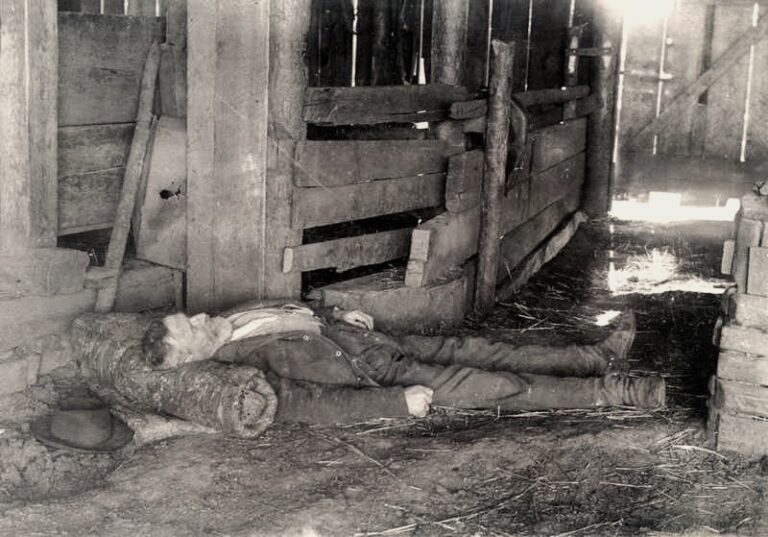

Ross W Dickinson
My mind is still churning with the motivation your life’s passion provides. The Roman Empire was accessed through the mother of the murder victim in Union County. I’m developing an outline of my tales and hope to grow them. Thank you for inspiration!
Mgoddard
Thank you, Ross, I’m so glad you enjoy my stories! Please help spread the word and have others join my website and Facebook group! I have another story in the oven, coming soon!!!
Ross W Dickinson
I love the tales you are sharing.
Mgoddard
Thank you Ross!! That means a lot to me 🙂